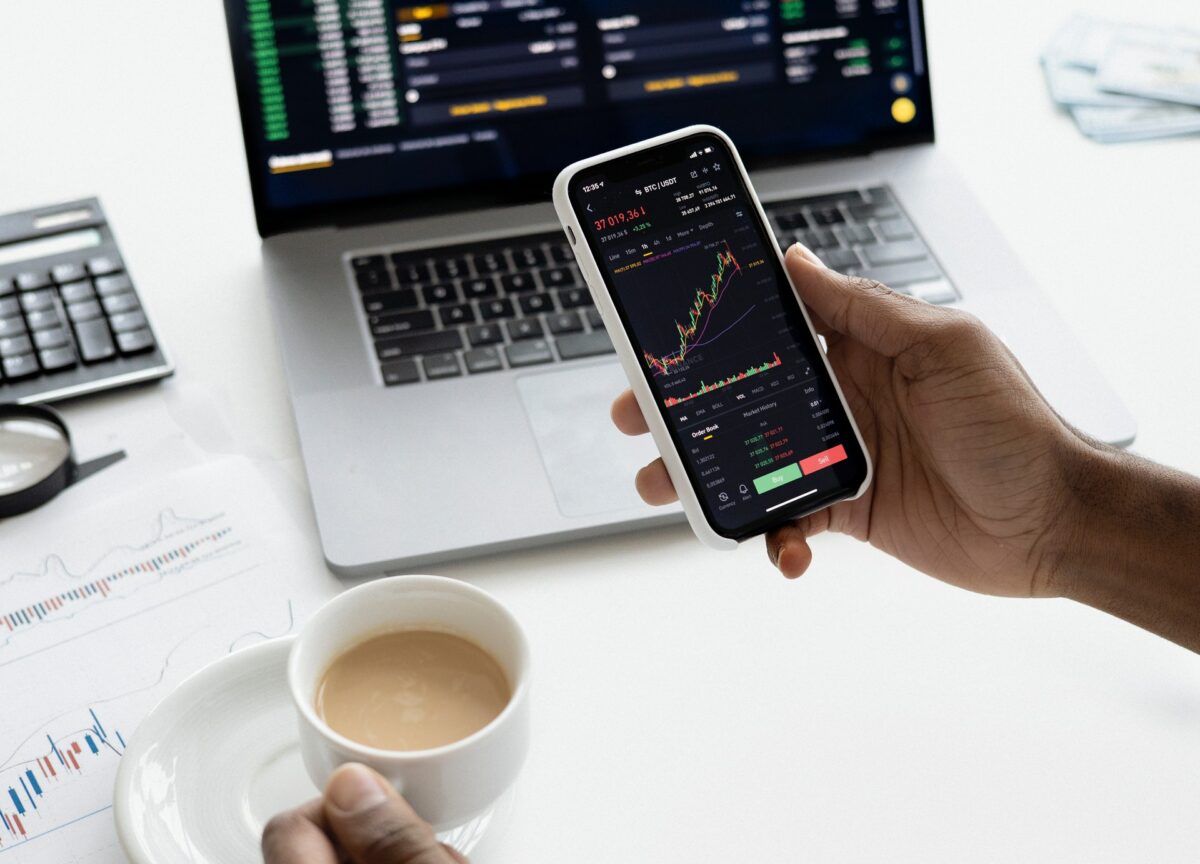Investors who have utilized option contracts know that their prices can change drastically, often in a manner that may be unexpected to the untrained eye. Academics and many practitioners rely on sophisticated pricing tools such as the Black-Scholes model to estimate the value of an option. However, a key variable in any option pricing model is an assumption of future stock price volatility, which is extremely difficult to predict, particularly over the relatively short life of most option contracts. We will spend the majority of this piece walking through the forces that influence option pricing and returns in a more practical and user-friendly way, but nevertheless, the Black-Scholes model is briefly discussed below for context.
The Black-Scholes model for option pricing incorporates five key input variables:1. The strike price of an option contract2. The current stock price3. The contract’s time to expiration4. The risk-free interest rate5. The expected volatility of the underlying stock
The Black-Scholes formula is shown below for context, but like most other complex formulas, we typically rely on software tools such as the Bloomberg terminal to calculate an expected “fair” price for the option using constantly updated inputs.
Within the five key input variables to the BSM listed above, most are easy to observe and are not subjective. However, one variable, expected volatility, is very subjective. Practitioners will use this component of the BSM to estimate what other market participants expect the volatility of the contract’s underlying stock to be based on the current option price and the other four input variables. If the option trader believes that the stock has the potential to move to a greater degree than is implied by the expected volatility of the BSM, then the option is underpriced. If the trader believes that the stock will fluctuate less than is implied by the implied volatility derived from the BSM, then the option contract is overpriced.
At the very basic level, each option has an intrinsic value (“moneyness”) and extrinsic value (“time value”). The intrinsic value represents to portion of the option that is in-the money; meaning the amount of the contract premium that is represented by the value of the option if it were to expire immediately. For example, if an investor held a call option with a contract value of $8 and an exercise price of $100 per share when the underlying stock was trading for $105, then $5 of the $8 premium represents the contract’s intrinsic value (moneyness) and the remaining $3 represents its extrinsic value. Of course, many options do not have any intrinsic value (they would be worth zero if expiring today), so their entire premium represents hope of future profitability.
Extrinsic value is often referred to as time value because it is an estimate of what an investor should be required to pay for the right to the option’s potential to earn additional profit beyond the intrinsic value based on considerations such as time to contract expiration and the expected volatility of the underlying stock. All else equal, more time left until maturity and a more volatile stock should result in a higher time value of the option. In other words, greater time and volatility can lead to larger movements in the underlying stock and larger changes in value of the option contract, thus it should cost more to buy today.
In our next piece, we will further break down some of the components of an option contracts extrinsic value, often referred to as “the greeks”.


